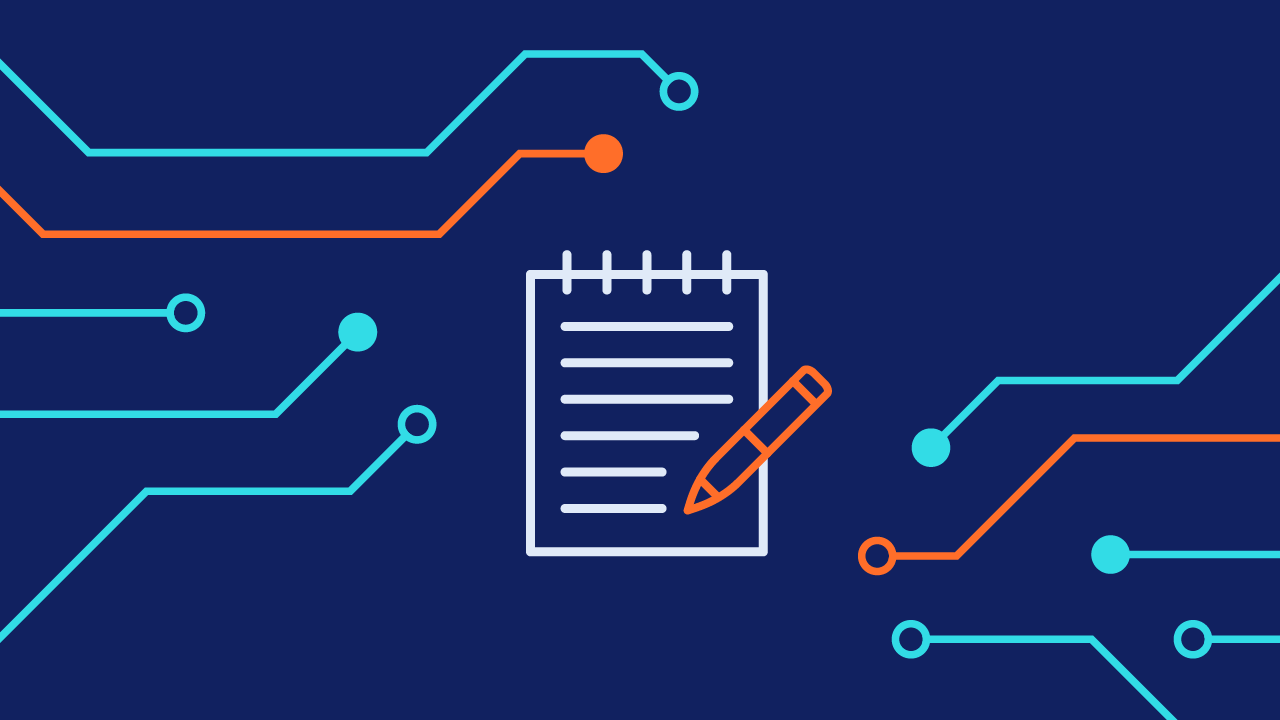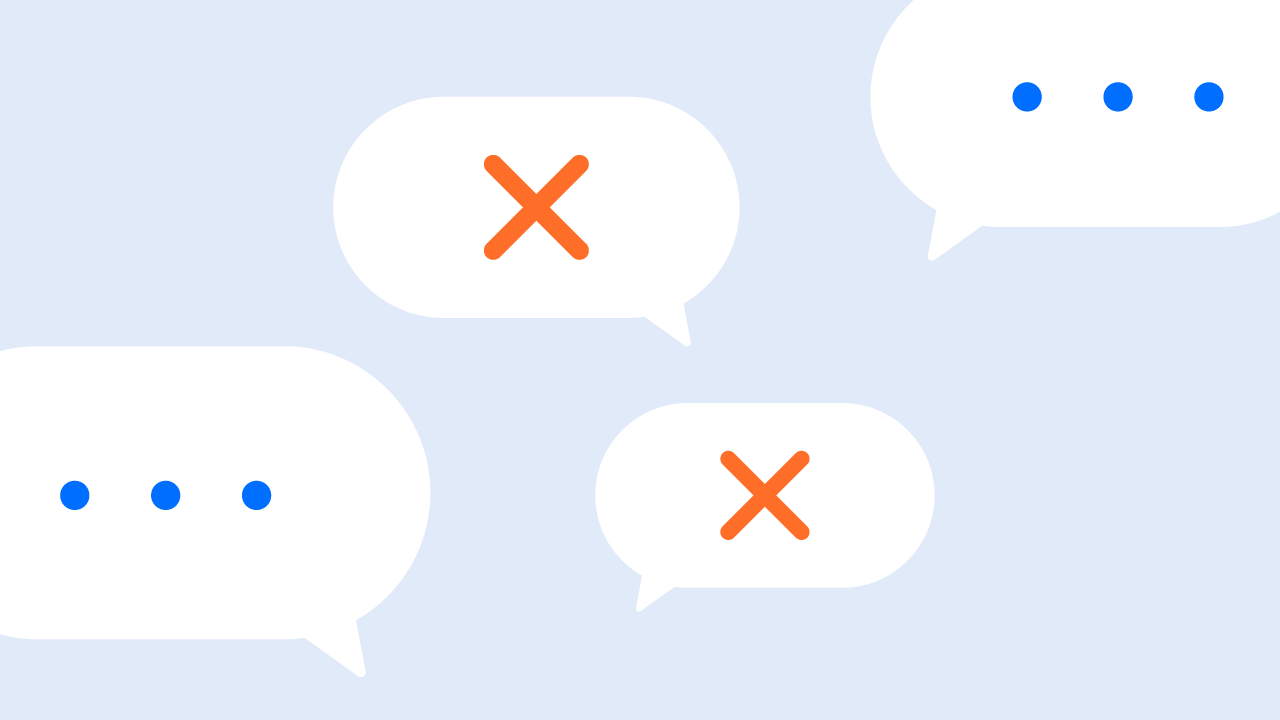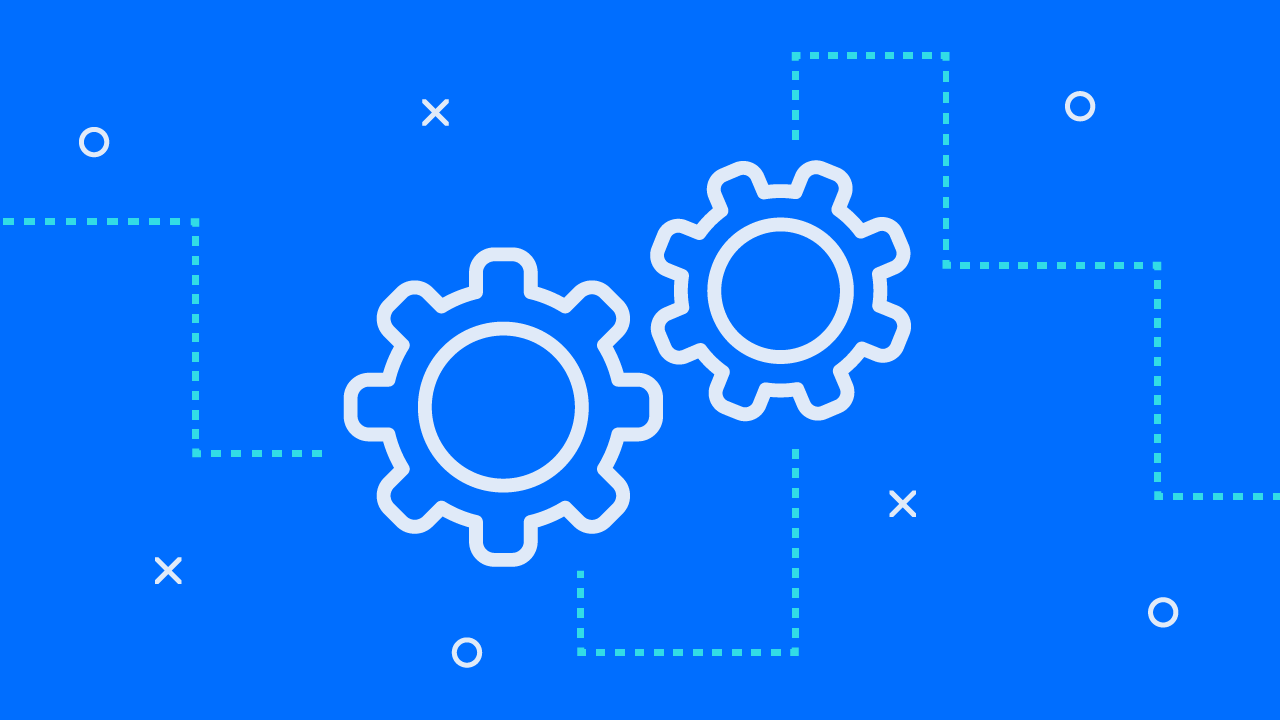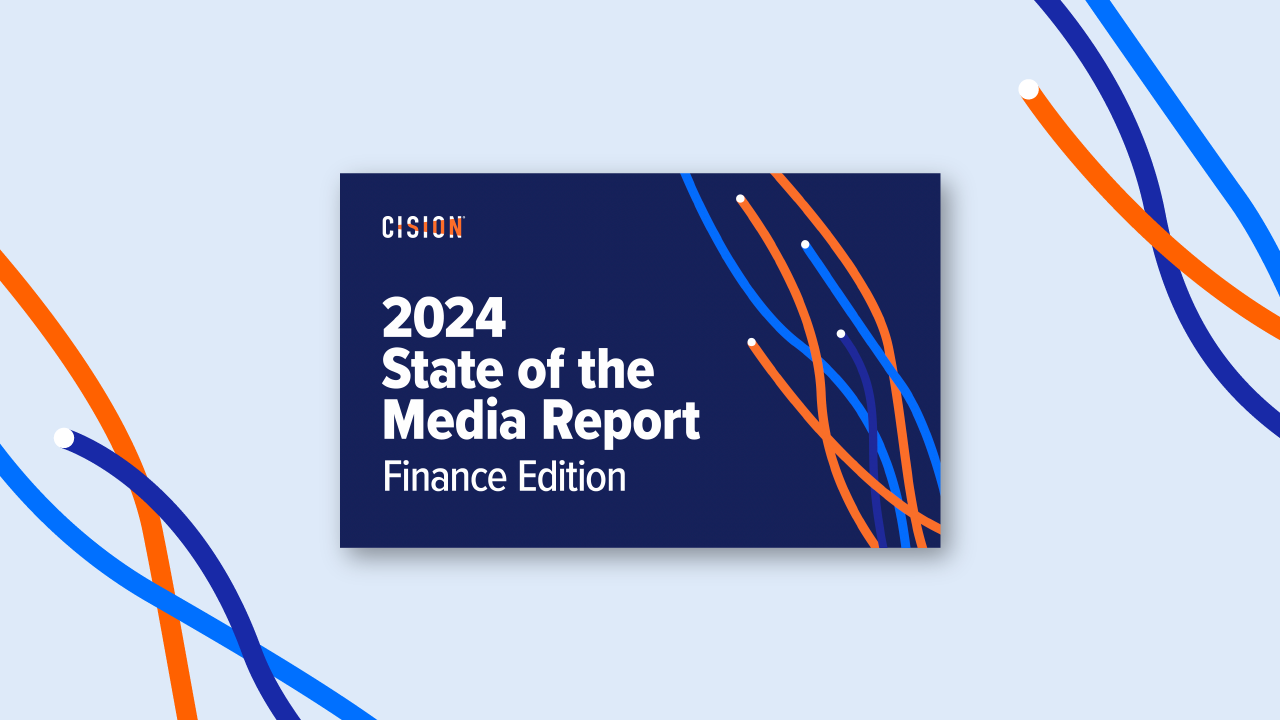If you've ever found yourself awake in the middle of the night, scrolling Facebook, TikTok, or X, only to find yourself growing more anxious by the news you're seeing, but somehow unable to turn away, you're not alone. In fact, the behavior is so commonplace that there's even a term for it: Doomscrolling. Doomscrolling refers to the habit of continuously seeking out and absorbing distressing news, often on social media and often without conscious awareness of the time spent or the emotional toll it takes. Unchecked, this practice can have detrimental effects on our mental wellbeing, with the potential to exacerbate stress, anxiety, and depression.
Understanding doomscrolling is crucial for both our digital literacy and our mental health. As the term implies, it entails focusing predominantly on news that is negative. The compulsive nature of doomscrolling can distract us from our daily activities and have a negative impact on our outlook on the world. Doomscrolling can be particularly problematic when it becomes a default mode of engagement with the world, seeing only negative news and thus skewing our perception of reality.
Though there is value in staying on top of the news and being informed citizens, we also need to be conscious of our media consumption habits so we can form a healthy balance. By setting boundaries and taking regular breaks from our devices, we can mitigate the negative impacts of doomscrolling.
What Is Doomscrolling?
Doomscrolling, also known as doomsurfing, refers to our tendency to continue to scroll through bad news, even when that news is saddening, disheartening, or depressing. It also refers to the unconscious inability to disengage from the stream of negative information.
Doomscrolling: Engaging in an excessive screen-time activity, predominantly on social media, with a focus on consuming negative news.
Doomsurfing: Similar in practice to doomscrolling, but it extends to web browsing across various websites, not limited to social media platforms.
Historical Context
Our collective engagement in doomscrolling became particularly pronounced in 2020, during the onset of the COVID-19 pandemic. The unprecedented flow of information regarding the coronavirus pandemic, coupled with lockdowns and social distancing measures, led to increased exposure to digital media as our primary source of news. This, in turn, nurtured an environment where we often found ourselves immersed in a cycle of negative news consumption.
Psychological Effects of Doomscrolling
Whether we realize it or not, engaging in doomscrolling and the continual stream of negative information can take a toll on our mental state.
Mental Health Consequences
One negative impact is the potential to escalate mental health issues. Research has shown that individuals who consume negative online content show increased levels of anxiety and depression. And with the continuous, non-stop nature of doomscrolling, the more those levels will only increase, leading to psychological distress, negative emotions, and heightened stress, worsening existing mental health conditions or formulating new ones.
Cognitive and Emotional Impact
Doomscrolling also affects us cognitively and emotionally. Engaging with a constant stream of negative news can reinforce catastrophizing, where we begin to anticipate the worst outcomes in various scenarios. This behavior can also intensify emotions such as fear, sadness, and anger. Our ability to process information objectively may be compromised, leading to a vicious cycle of negative information consumption and heightened emotional response.
Physiological Implications of Doomscrolling
Doomscrolling has even been shown to have an impact on sleep patterns and overall physical health.
Impact on Sleep
Doomscrolling can be especially prevalent just before better or in the middle of the night, a habit that is linked to an increase in cortisol levels, the stress hormone that can interfere with our ability to fall asleep. Not to mention that our smart device screens emit a blue light that can mess with the production of melatonin, the hormone that regulates our sleep. In other words, even if you manage to fall asleep after hours of doomscrolling, the chances of staying asleep become less and less.
Physical Health Effects
In extreme cases, the increased levels of stress (compounded by the disruption in sleep) from doomscrolling may lead to physical symptoms such as weight gain, headaches, and increased blood pressure.
Doomscrolling and Social Media
Doomscrolling is particularly prominent on - and proliferated by - social media. This is due in part to the fact that social media platforms like Facebook, X, YouTube, and TikTok have become integral to how we consume news. Another factor is how social media platforms are designed: By their very nature, they are meant to keep users engaged on the platform for as long as possible, with a constant, never-ending stream of content to consume.
Oftentimes, our feeds gives us news stories that tend to skew toward the negative (or worse, false and intentionally fear- or anger-provoking), which are more likely to evoke strong emotional reactions and thus further engagement. The more we click these types of news stories, the more they are fed to us (thanks to content algorithms), leading to an endless cycle and extended periods of exposure to predominantly bad news, resulting in the adverse health affects mentioned above.
Here's how this dynamic plays out on specific social media platforms:
X: X (formerly Twitter) is known for its real-time updates and rapid dissemination of news and information. Users often turn to X during breaking news events to stay informed; however, the endless scrolling feature lends itself to doomscrolling, especially when users encounter a stream of distressing or alarming tweets about a particular topic. The ability to easily retweet and "like" posts only amplifies the spread of negative content, further fueling the cycle of doomscrolling.
Facebook: Facebook's algorithm prioritizes content that sparks engagement, such as posts with a high number of likes, comments, and shares. As a result (as has been largely publicized), users are disproportionately exposed to the types of negative or sensationalized news stories that generate reactions. Facebook's autoplay feature further escalates the situation, as it ensures users stay engaged, even when encountering distressing content.
Reddit: Reddit is a platform known for its diverse range of communities (subreddits) dedicated to various topics. While some subreddits may focus on positive or uplifting content, others may center around news, politics, or controversial subjects. Users can easily get sucked into doomscrolling by browsing through endless threads of discussions, news articles, and user-generated content related to a particular topic or event.'
TikTok: Like these other platforms, TikTok is designed to be highly engaging and addictive. Features like the "For You" page, which serves up a constant stream of personalized content, make it hard for users to break away from the app, even when the content they're seeing is upsetting, anxiety-inducing, or otherwise problematic.
Stopping the Scroll: Coping Strategies and Solutions
So now that we know about the detrimental effects of doomscrolling, what can we do to stop it? Well, a lot, actually. No matter how much doomscrolling may be ingrained in us at this point, there are a variety of tactics to apply to overcome the habit.
Set Healthy Boundaries
Establishing awareness of our doomscrolling behavior and the need to mitigate it is the first critical step for reclaiming our time and wellbeing. Creating a balance of healthy news consumption is key, and to do that, we need to set clear boundaries. This means deciding in advance how much time is reasonable to spend online and being honest with ourselves when we exceed that amount. Most health professionals will advise turning off digital devices at least an hour before bedtime, turning off push notifications, and even leaving your device in another room at night, so you're not tempted to pick it up and start browsing your phone at 2 a.m.. Fortunately (and somewhat ironically) there are now a variety of apps to help you limit your engagement with smart devices.
Redirect Your Energy
"But how will I spend my time if I'm not scrolling endless updates on Instagram?" You may be wondering. To put a twist on the old adage: Out with the old habits, in with the new (positive) ones. Take up a hobby like knitting, drawing, or hiking. Use the time back to learn a new skill, get more exercise, or plan an activity with friends or family - all of these activities are far more beneficial ways to spend your time.
Seek Professional Advice
If you've tried setting boundaries and new activities and still feel yourself doomscrolling, it may be time to seek advice from a therapist. They are likely to recommend Cognitive Behavioral Therapy (CBT), a commonly used method to change damaging behaviors.
Enhance Media Literacy
Understanding how to navigate the news landscape responsibly and in a healthy way is critical to "kicking" the habit of doomscrolling. Here are some tips to increase media literacy and navigate the onslaught of news we face ever day:
Be a critical observer: Look at the sources of the news you're seeing and ask yourself if these are credible, objective news outlets and vetted journalists. Consider whether you are getting all the facts, all sides of the story, and be hyper-vigilant and aware of the rampant spread of misinformation.
Create a healthy news "diet:" As mentioned above, you should strive for balance in how you both consume news ("unplugging" every once in a while, so as not to get overwhelmed) and where you get your news. Don't rely on just one source. Monitoring various news sources is the best way to ensure you are getting all your news "nutrients."
Check in with yourself: Take inventory of your own reactions to the news, and how much time you're devoting to it. The next time you find yourself doomscrolling, ask yourself why. Perhaps you're bored, tired, or anxious. Try to find another activity to placate whatever it is that's causing you to doomscroll. The more you can recognize what's triggering it, the more you can stop it and gain more control over your media consumption.
Emerging Trends and Predictions Around Doomscrolling
Will we ever be able to fully "stop the scroll"? It's going to take a lot of work, and it may get worse before it gets better. It's unclear at this point what larger impact doomscrolling will have on our mental health and society as a whole. There is still a lot of research to be done in this area; however, it's predicted that with the ubiquity of social media and smart phone usage, the prevalence of doomscrolling behaviors - and their damaging affects - may continue to rise, at least for the short-term.
Emerging trends in this research could involve the development of more nuanced scales to measure the intensity and frequency of doomscrolling, ensuring a more accurate assessment of its impact.
Such tools would also grant us a clearer perspective on the psychological triggers and long-term effects, paving the way for effective therapeutic interventions or preventive measures.
For now, the best way to combat doomscrolling is to be aware of it, educate ourselves and others on media literacy, and above all, prioritize our physical and mental wellbeing.








